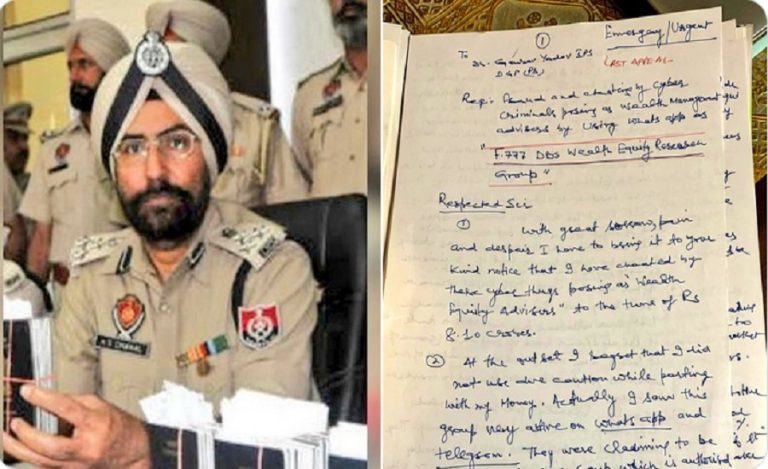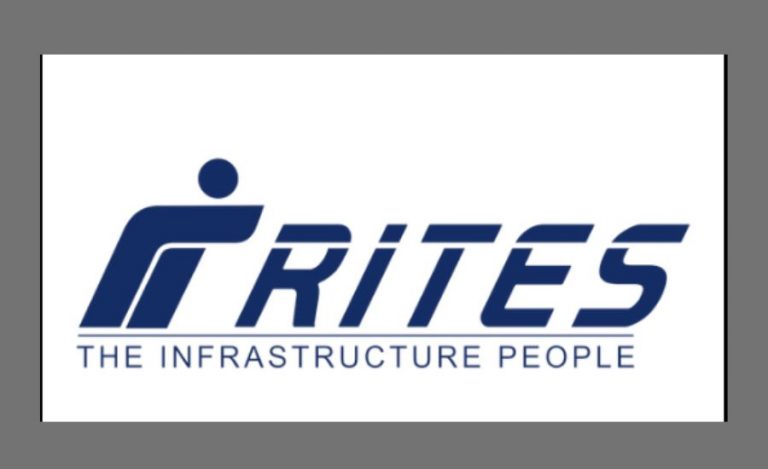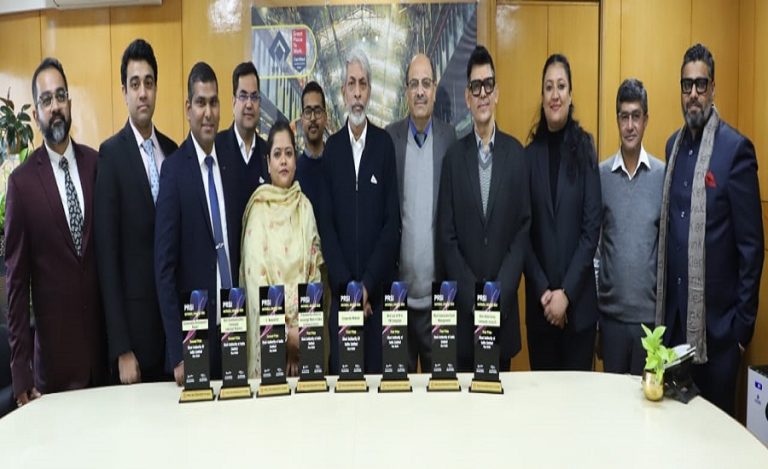New Delhi: In a bold stride for India’s strategic defence capabilities, the DRDO has announced the successful static test of the Stage 2 rocket motor for the K-5 submarine-launched ballistic missile (SLBM). The test was carried out at the Armament & Combat Engineering (ACEM) facility in Hyderabad.
This achievement underscores India’s progress in indigenous missile propulsion, submarine-based nuclear deterrence and advanced materials engineering.
Background of DRDO K-5 SLBM
The K-5 SLBM is part of India’s K-series of submarine-launched ballistic missiles designed to strengthen the country’s sea-based leg of the nuclear triad. According to data, the K-5 boasts an operational range of approximately 5,000 km—a range comparable to the land-based Agni-5 missile.
Stage-2 in the three-stage, solid-fuel propulsion stack is critical, providing the mid-flight thrust that enables the launcher to reach its required trajectory. The static test is a non-flight validation of the motor under simulated operational conditions, assessing burn time, thrust output and structural integrity.
Importance of DRDO K-5 SLBM Trial Success
This successful static test carries several strategic implications:
- It boosts India’s undersea nuclear deterrence, enabling credible second-strike capability via submarine platforms.
- It marks advancement in indigenous missile propulsion technology, reducing dependence on foreign systems.
- It strengthens the sea-leg of the nuclear triad, sending a clear signal of strategic maturity and readiness in complex military domains.
- It contributes to India’s “Aatmanirbhar Bharat” aim within defence manufacturing and strategic deterrence.
Key Challenges to Watch
Despite the success, several challenges remain:
Full missile integration: The Stage-2 motor must now be integrated with Stage 1 and Stage 3 motors, guidance systems, and re-entry vehicles.
Under-sea launch environment: Launching from a submarine adds complications such as cold-launch mechanics, underwater ejection, thermal and acoustic signatures, and safe operations within a sealed launch tube.
MIRV (Multiple Independently Targetable Re-entry Vehicle) integration: While referenced, achieving reliable MIRV deployment remains technically demanding.
Material, manufacturing and quality assurance: Composite materials reduce weight but demand meticulous manufacturing, inspection and reliability testing over time.
Implications of DRDO K-5 SLBM
For India’s defence posture, this test conveys several notable implications:
- It enhances deterrence credibly—adversaries must account for under-sea nuclear capability as part of India’s strategic calculus.
- It improves strategic stability in the Indian Ocean Region (IOR) and strengthens India’s second-strike potential.
- Indigenous capabilities offer India a stronger bargaining position in defence exports and international partnerships.
- Neighbouring states may take strategic note, influencing their own deterrence or response strategies.
Way Forward
- The next step is full missile integration followed by underwater launch tests from submarine platforms. The test article references preparations for maiden underwater trials.
- Transition from developmental testing to series production, with rigorous QA / QC to ensure reliability under service conditions.
- The system must validate MIRV capabilities in actual trials, enabling multiple target engagement from a single missile platform.
- The missile must be compatible with India’s Arihant-class (and future) nuclear submarines including launch canisters, cold-launch systems and fire-control integration.
- As the technical capability matures, India’s strategic doctrine, export policy and naval doctrine should evolve in tandem to leverage this capability responsibly.



























